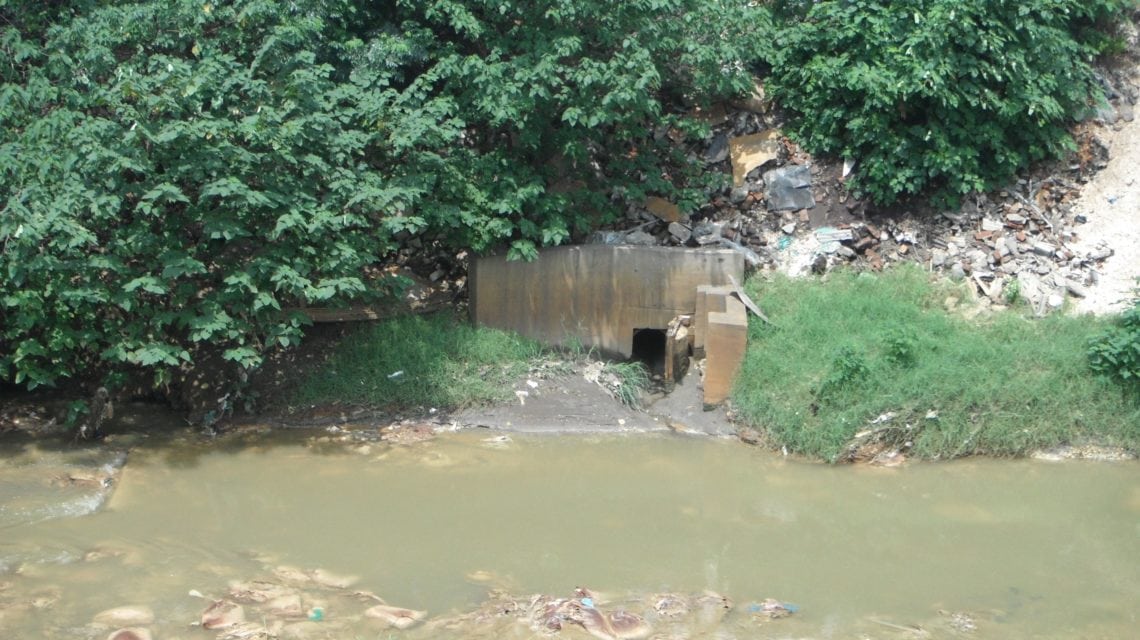The NSW EPA released new Guidelines on the Duty to Report Contamination in July 2015, replacing the 2009 version. The update was significant both for companies and individuals that have knowingly or unknowingly polluted groundwater or soil, or have contamination on property they own or manage.
The Duty to Report Contamination Guidelines provides detailed guidance for individuals and corporations to know when they are legally required to notify the NSW EPA of contamination at their site, or that they have caused, and guidance on when assessment is required to determine if there is contamination or the extent and nature of contamination in accordance with the NSW Contaminated Land Management Act 1997 (CLM Act 1997).
The main changes in the July 2015 update Guidelines that differ from the 2009 Guidelines include:
- National Environment Protection (Assessment of Contamination) Measure 1999 (amended 2013) (NEPM); and refers to the 2014-published guidance documents (removing reference to older publications):
- Technical Note: Investigation of Service Station Sites (EPA 2014)
- Managing asbestos in or on soil (NSW Government 2014)
- Updated penalties – higher for individuals and lower for corporations. A person who is required to report contamination to the EPA but fails to do so may be subject to prosecution. If they are convicted, the CLM Act currently provides for a maximum penalty of:
- $100,000 with a further penalty of $77,000 for each day the offence continues, in the case of a corporation, or
- $250,000 with a further penalty of $33,000 for each day the offence continues, in the case of an individual
- Separate phase groundwater contamination (i.e. petroleum) does not always require reporting if certain conditions are met and risk assessments indicate there is sufficient management, the assessment shows that migration offsite is not occurring and is unlikely to occur, and there is not considered to be a risk of vapour inhalation
- New guidance on contamination triggers separated into the onsite soil, offsite soil, foreseeable contamination of neighbouring land, asbestos in or on soil, groundwater or surface water, and vapour intrusion
- Clarifies exemptions from reporting, and notes that other notification requirements may be triggered under other legislation such as Protection of the Environment Operations Act 1997 (POEO Act 1997)
- Notification for asbestos is clarified, and more aligned with a risk-based approach in NEPM and WA DoH guidelines.
There may still be notification requirements and penalties for sites with underground storage tanks where requirements are not met under The Protection of the Environment Operations (Underground Petroleum Storage Systems) Regulation 2008 and for other sites under the POEO Act 1997 - The guidance document for requirements and exemptions if you have an underground petroleum storage system on your site is provided here.
iEnvi have developed a simple spreadsheet form that allows site owners to quickly assess whether they have a duty to report contamination or investigate further under these guidelines. For a copy please feel free to contact us at [email protected].
Links:
http://www.epa.nsw.gov.au/publications/contaminatedland/150164-land-contamination

